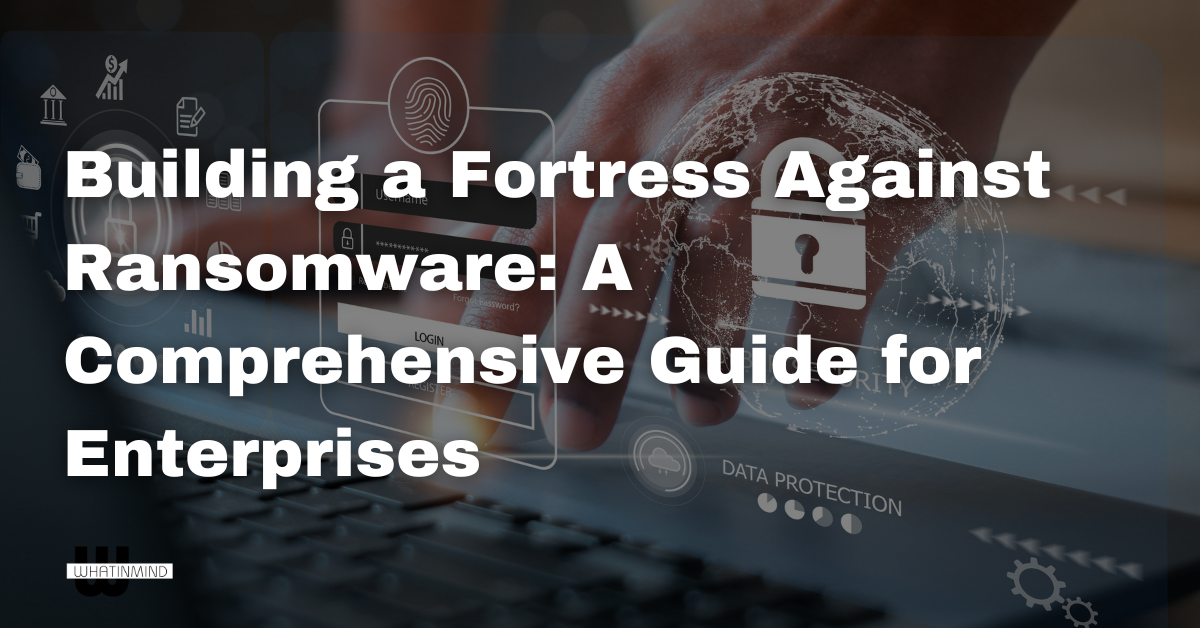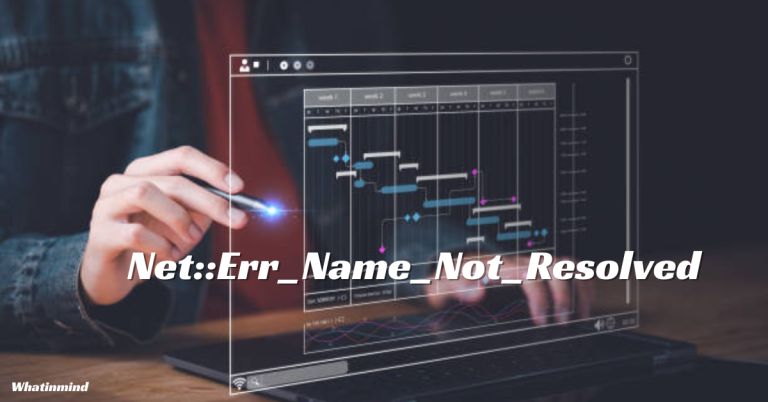Building a Fortress Against Ransomware: A Comprehensive Guide for Enterprises
While bringing countless advantages, the digital era also ushers in sophisticated cyber threats, with ransomware at its forefront. These malicious attacks have evolved from scattergun email phishing attempts to highly targeted incursions that leverage social engineering, exploit network vulnerabilities, and sometimes surprise even the most fortified institutions.
Table of Contents
What Is Ransomware and Its Threats?
The attackers have become adept at their craft, often engaging in meticulous planning to identify and choose their victims, focusing their efforts on entities perceived to have both the ability and the pressure to pay high ransoms. Preempting these risks necessitates a thorough understanding of how ransomware works, its potential impact on businesses, and the most effective prevention strategies.
Fostering a cyber-resilient enterprise involves leveraging ransomware solutions that are both comprehensive and sophisticated enough to deal with the dynamic nature of the threat. These solutions often encompass a blend of technologies, including encryption, threat intelligence, and automated defenses, to protect against, detect, and rapidly respond to ransomware attacks.
Layered Security: A Robust Defense
The concept of layered security is grounded in the principle that no single defense measure is bulletproof. It depends on the synergistic effect of various security components deployed across different points in an organization’s network. By employing this multi-faceted approach, enterprises minimize the likelihood of a single point of failure and ensure that if one layer does get compromised, others are ready to thwart the attack’s progression.
Endpoints require robust defense mechanisms, networks must be resilient to infiltration, and data should be encrypted so that even if it falls into the wrong hands, it remains unintelligible and worthless to the attacker. Security measures must be continuously updated to guard against the latest ransomware strains. With each component holding the line, the collective defense is reinforced.
A multi-layered approach extends to regularly patching software, securing network endpoints, managing user privileges, and implementing strict access controls. Through this comprehensive web of security measures, enterprises can construct a strong deterrent against ransomware attempts, ensuring business processes remain uninterrupted and secure.
Strategizing Backups and Recovery Plans
As ransomware evolves, it seeks to encrypt data and dismantle the infrastructure businesses rely on for backups. This is why an effective backup strategy must be multi-pronged and resilient. Local backups provide speedy recovery options but must complement remote, cloud-based solutions immune to on-site attacks.
By diversifying the storage of backups and making them inaccessible to attackers, business continuity is assured, and the sting of ransomware attacks is significantly lessened. This safeguard, however, is only effective if these backups themselves are secure against tampering and regularly updated to reflect the latest data.
A backup strategy, however, should not be a static component of an organization’s cybersecurity policy. Just as attackers constantly iterate their tactics, businesses must also reassess and evolve their backup methodologies.
Threat Detection and Real-Time Monitoring

An enterprise’s ability to detect ransomware threats as they emerge is one of the most effective means of prevention. Employing security solutions that offer real-time monitoring, anomaly detection, and automated alerts provides awareness and responsiveness that is essential in today’s cyber-threat landscape. Through continuously examining network traffic and system behavior, these solutions can pinpoint abnormal activity signaling a potential threat, thereby enabling rapid containment and mitigation of damage.
With artificial intelligence and machine learning becoming increasingly adept at pattern recognition, their inclusion in threat detection systems has revolutionized how anomalies are identified and classified. This technology is about defending against known threats and predicting and preparing for new ones, offering organizations a predictive edge in securing their digital assets.
However, while technology is critical in detecting and monitoring, it can only partially replace human intuition and experience. Cybersecurity experts trained to think like attackers can provide additional layers of analysis and adapt defense mechanisms in real-time. This human element ensures that threat detection is as art as science, blending the insights from trained professionals with powerful technological tools.
Creating an Incident Response Playbook
When ransomware strikes, every minute counts. An incident response plan can differentiate between a quick resolution and prolonged paralysis. This playbook must encompass the immediate steps to contain the attack, strategies to communicate effectively both within the organization and externally, and contingency plans to maintain essential services.
Effective incident response requires a coordinated effort across different departments, relying on predefined roles and swift communication to handle the crisis efficiently.
However, an incident response should not be the end of a ransomware encounter—it should start a learning cycle. Analyzing each incident post-resolution is vital for refining response plans and bolstering defenses for future threats. This reflection reveals the most valuable lessons, allowing for proactive improvements in security measures and better preparedness.
Regular drills of incident response procedures are non-negotiable to achieve this state of readiness. Mock scenarios are played out within the organization to test the effectiveness of the response plan.
Navigating Regulations and Compliance
The regulatory landscape around data protection and breach notification is complex but critically important. Compliance with these regulations, such as the General Data Protection Regulation (GDPR) in the European Union or the Health Portability and Accountability Act (HIPAA) in the United States, serves a dual purpose.
Not only does adherence protect businesses from penalties associated with non-compliance, but it also fosters an operational environment that upholds data protection as a key priority. These regulations require businesses to implement prescribed security measures, strengthening the defense framework against ransomware attacks.
While compliance requirements might seem burdensome, they push organizations to keep cybersecurity at the forefront of their operational strategies. By staying informed about and integrating these regulatory mandates, businesses not only shield themselves from legal consequences but simultaneously build robust protection against the spiraling threats of ransomware.
Investing the time and resources to understand the interplay between regulations and cybersecurity strategy is a lot of work. It represents a crucial commitment to upholding the highest standards of security and thus serves as a fortified layer against the onslaught of cyber threats.
The Role Cyber Plays as a Safety Net
Cyber has become an increasingly prevalent consideration in the complex calculus of preparing for ransomware attacks. It offers a buffer against the financial losses that can accrue from incidents, covering expenses like forensic investigations, data recovery, and legal costs. In many cases, it also covers the ransom payment, should an enterprise choose that route.
However, it’s important to stress that cyber is not a panacea for inadequate security practices. These policies often come with requirements that insured entities maintain a minimum level of cybersecurity readiness, making clear that is not a substitute for, but rather a supplement to, comprehensive security strategies.
Conclusion
In conclusion, cyber should be incorporated into a broader approach to risk management—one that appreciates the value of investment into prevention, the power of a well-trained workforce, and the importance of technological agility in navigating the turbulent waters of cyber threats and ransomware attacks.






